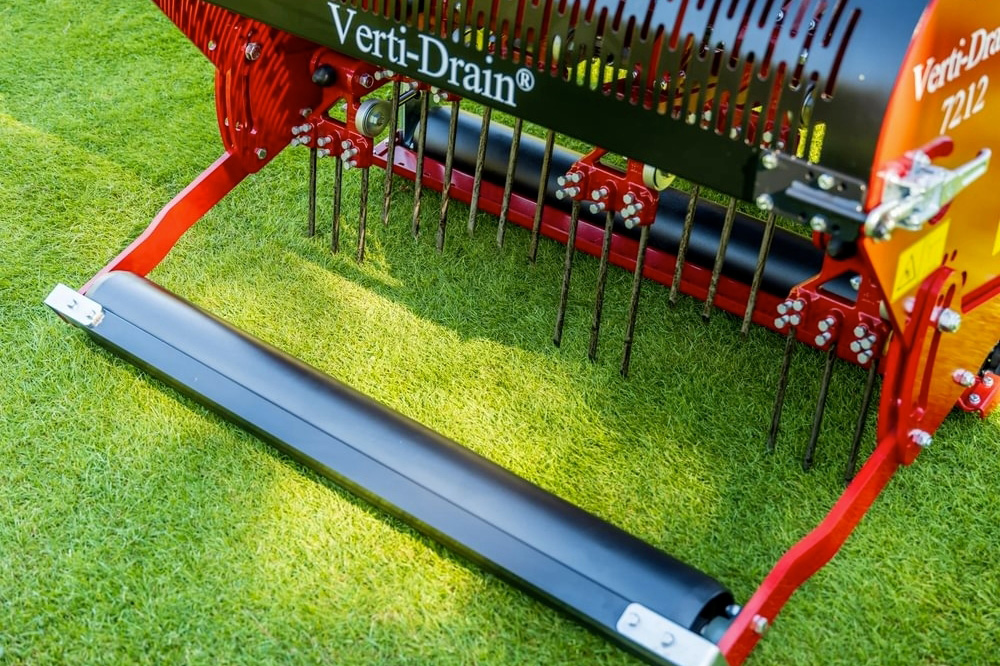
Proper care makes strong plants - This is how to pilot bay laurel smoothly through winter
Strong plants, however, also need proper care. Moreover, winter lays the foundation for plants and trees that flourish the rest of the year.
Laurel is an extremely hardy and evergreen plant, which in principle can stay outside for a long time even in autumn. However, laurel is not hardy in our part of the world. If the plant can withstand light and brief freezing temperatures of up to about -5°C without any problems, persistent frost will lead to desiccation or damage to the trunk or crown. Shaped plants in particular lose their aesthetic character this way. As soon as it starts to freeze heavily or for several days, it is therefore necessary to intervene. This can be done in two ways: either let the plant overwinter inside, or wrap it with suitable materials.

Wintering inside
Where possible, it is recommended that laurel be overwintered indoors from the first persistent freeze. Temperature, light, air and water are the main concerns in this regard.
Regarding temperature, the principle of "cold makes strong" applies. Plants do not need to be in a heated room, but are best overwintered in a place as close as possible to the outside temperature, but guaranteed frost-free.
Light is not an absolute necessity in winter, the plant's dormant period. So plants can also overwinter in a garage, gazebo or dark shed.
Regular aeration, on the other hand, is required, especially to avoid diseases and pests.
Finally, laurel also needs water in winter. A plant wintering indoors is completely dependent on manual watering for this purpose. As a rule, watering every two to three weeks is recommended, although the exact frequency depends on the temperature and amount of light.
Or a winter coat after all?
If no indoor space is available or the plants are too large to move, it is also possible to wrap a laurel. However, this method requires a little more attention and never offers one hundred percent security in persistent freezing temperatures.
To best protect the plant from frost, at least not only the crown and stem should be insulated, but also the root ball. This can be done, for example, by wrapping the pot and applying a layer of straw on top of the potting soil. This is because if the root ball is not sufficiently protected, the water in the soil will freeze and the plant will eventually dry out.
If that thorough wrapping is necessary to protect the plant from freezing temperatures, however, it itself carries some risks. After all, moisture can start to accumulate under the cover material, which can lead to mold. Therefore, it is not only necessary to use breathable materials such as burlap or fleece, but also to make sure that the plants never stay wrapped up longer than absolutely necessary. In other words, if milder weather is predicted after a week of frost, it is best to repack the plant. In periods of night frost but fine days, it may be sufficient to open the cover during the day to allow ventilation.

On site
Thus, unlike overwintering indoors, a winter coat not only provides fewer certainties, but also requires more intervention and more attention to weather conditions. For this reason, Laurica-Plants offers the possibility of overwintering plants from projects and private individuals at the Lauretum in Jabbeke.
Ready for spring
After the period of the biggest night frost, usually in March, plants can at least be placed outside again. Plants that are still fully dormant and come out early will tolerate the cold better. Too long or too warm a period inside, on the other hand, will cause plants to sprout too early.
Ideally, laurel receives a topiary pruning during its winter dormancy and fertilizer is reapplied just before spring so that the plant has enough nutrients to form beautiful green leaves again.




